How to nurture children with 21st-century skills
There is a common misconception that children with added needs are not able to function in mainstream settings and perform tasks like their typical peers. Nevertheless, in inclusion, education is catered for all children, despite their learning abilities.
In her interview with Melanie Olivero at Channel News Asia, she talks about her experiences and offers advice to parents who have children with added needs.
How it all started
Tricia first started work in a mainstream preschool setting, and soon realized she was under-equipped to deal with children with added needs. However, instead of giving up on them, she pushed herself to better understand their limitations and discovered novel ways to help them learn.
Working with these children helped Tricia gain a different perspective on life and better understand herself.
She realized that it is futile to expect each and every child to respond the same way to a certain style of teaching; these children needed a teacher who could embrace their differences and tailor lessons to each individual’s needs.

Working with children who have added needs
Difficulties with social communication are very common among children with added needs.
For example, establishing and maintaining eye contact may be difficult for some children with added needs and this can be frustrating for teachers as to the untrained eye, it seems as if the child is not paying attention. Tricia realized that getting down to their eye level and communicating with the child in a manner that they are comfortable with was the most effective way to deliver lessons.
She also uses learning aids such as pictures as most children on the autism spectrum learn best with the use of visuals.
Difference between education consultants who work with children and adults
Education consultants who work with children have a lot in common with those who work with adults – for one, they both work closely with families to ensure that any learning or intervention methods are being practiced properly in the home.
The main difference between them is that unlike most adults’ problems, children’s behaviours stem mainly from difficulties in the ability to communicate appropriately using receptive and expressive speech.
For a child with added needs who has difficulties with expressive/receptive communication, the use of a specific type of communication tool, Pragmatic Organization Dynamic Display (PODD), serves as an aid for better communication. Tricia realized that by using PODDs, she could help children understand and communicate better.
PODDs are communication tools that contains symbols and words to help children with added needs navigate the difficulties of complex communication. An example would be, if the child is not yet able to express that they are hungry using speech, pointing to the symbol of “food” or “I want food” will allow the adult to understand him/her.
Tools such as PODDs supplement the learning process for children with added needs and are often used into adulthood.
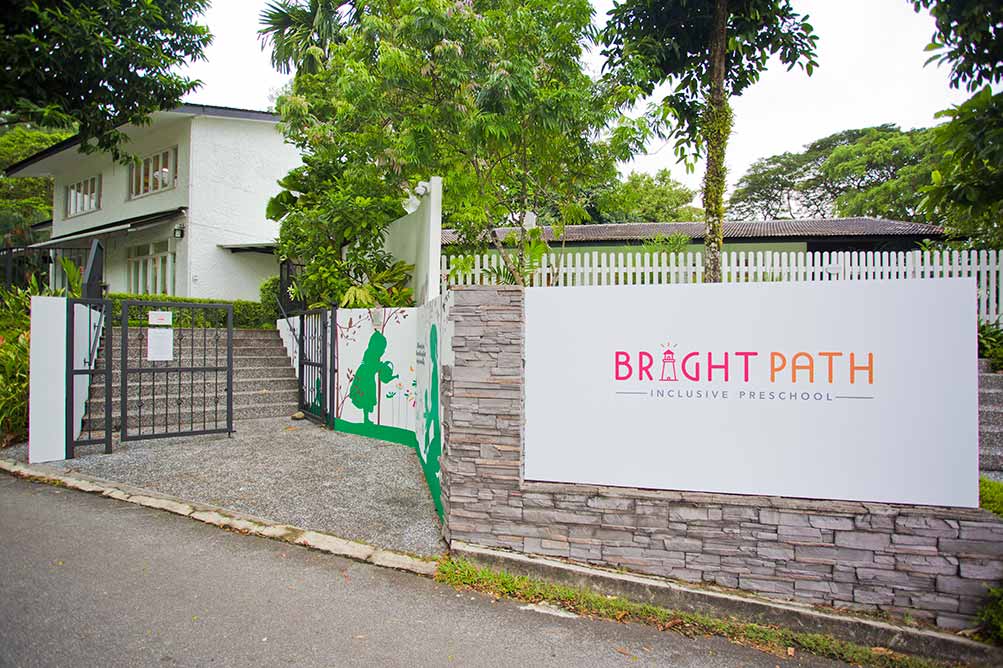
Strength in diversity – the philosophy of Bright Path
At Bright Path Inclusive Preschool, we embrace diversity and believe that encouraging each child’s individuality will help them learn and grow to their best potential.
Typically developing children also have a lot to benefit from being in inclusive preschool settings. We have found that these children actually develop more empathy, responsibility, as well as a sense of autonomy. They will also learn about how different people require different approaches to learning. This will provide them with a solid foundation for the ‘real world’ where they will also have to interact with their peers alike.
What parents should look out for
Here are some common indicators for educators and parents to look out for but should not be used as any form of diagnosis.
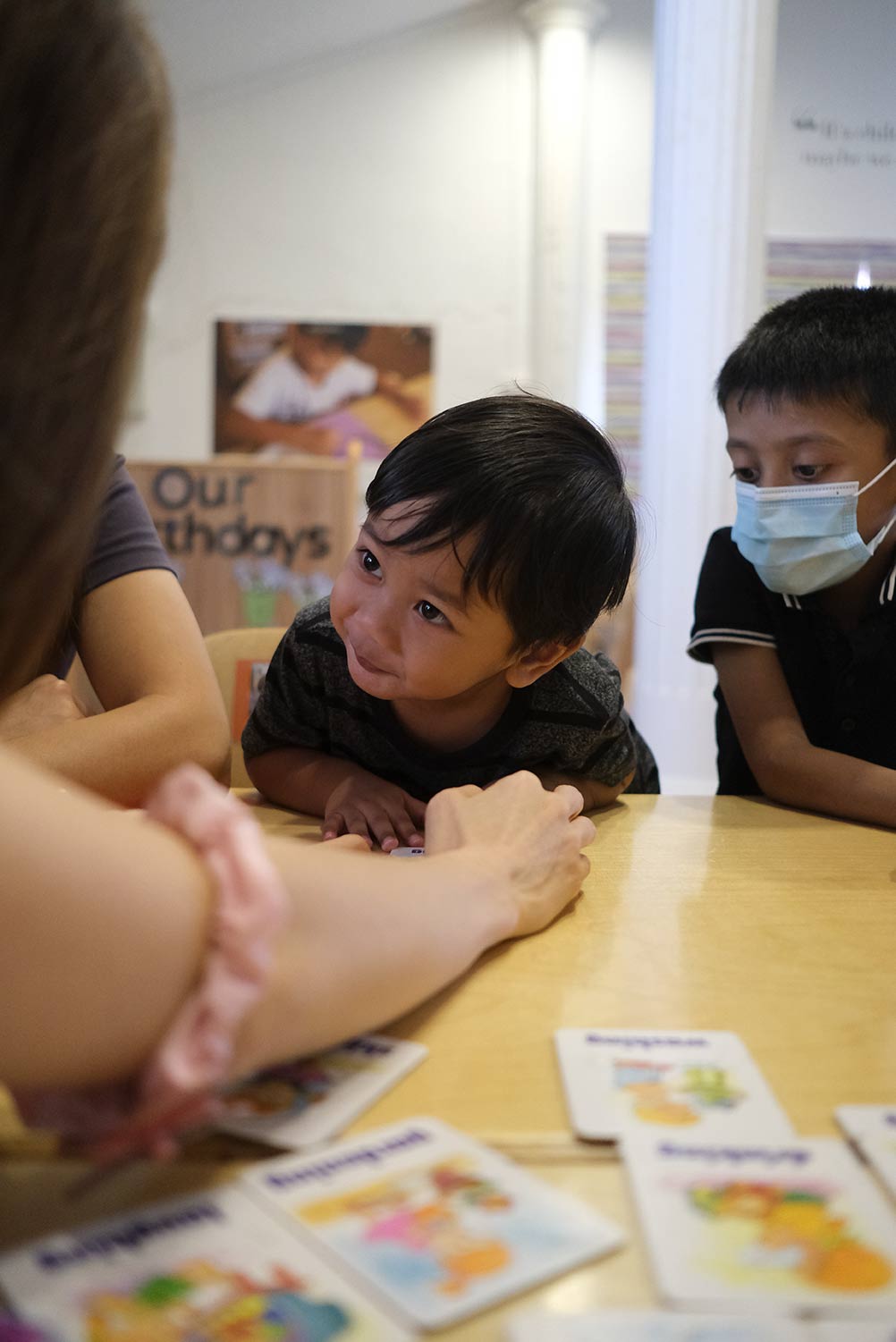
The establishment of eye contact is necessary as early forms of the development of social communication.
2. Social communication
A lack of receptive and expressive skills, as well as difficulties in the ability to express wants/needs and to understand others.
3. Dyslexia
The characteristics of dyslexia are difficulties in processing speed, verbal memory, and phonological awareness. Individuals with dyslexia typically display difficulties in accurate and fluent reading and spelling.
4. Verbal Dyspraxia
Verbal dyspraxia is a speech disorder may be displayed when in the early stages of a child’s life when he/she is learning to speak. It is the difficulty in oral motor planning and the coordination of muscle movements to produce accurate speech, sounds or words.
5. Other developmental milestones
For example, children aged 8-9 months should be able to sit up independently with minimal support. Children aged 9-18 months should be able to babble and say 2-4 words in chronological order.
The government provides access to annual and biannual pediatric services for children from infancy to the age of 7 years old. If your child exhibits one or more of the above symptoms, the pediatrician may suggest to have your child consult a specialist at the child development unit to assist you according to your needs.
It is important to note that every child develops at their own pace and the above should not be used as a formal guide to assess your child.
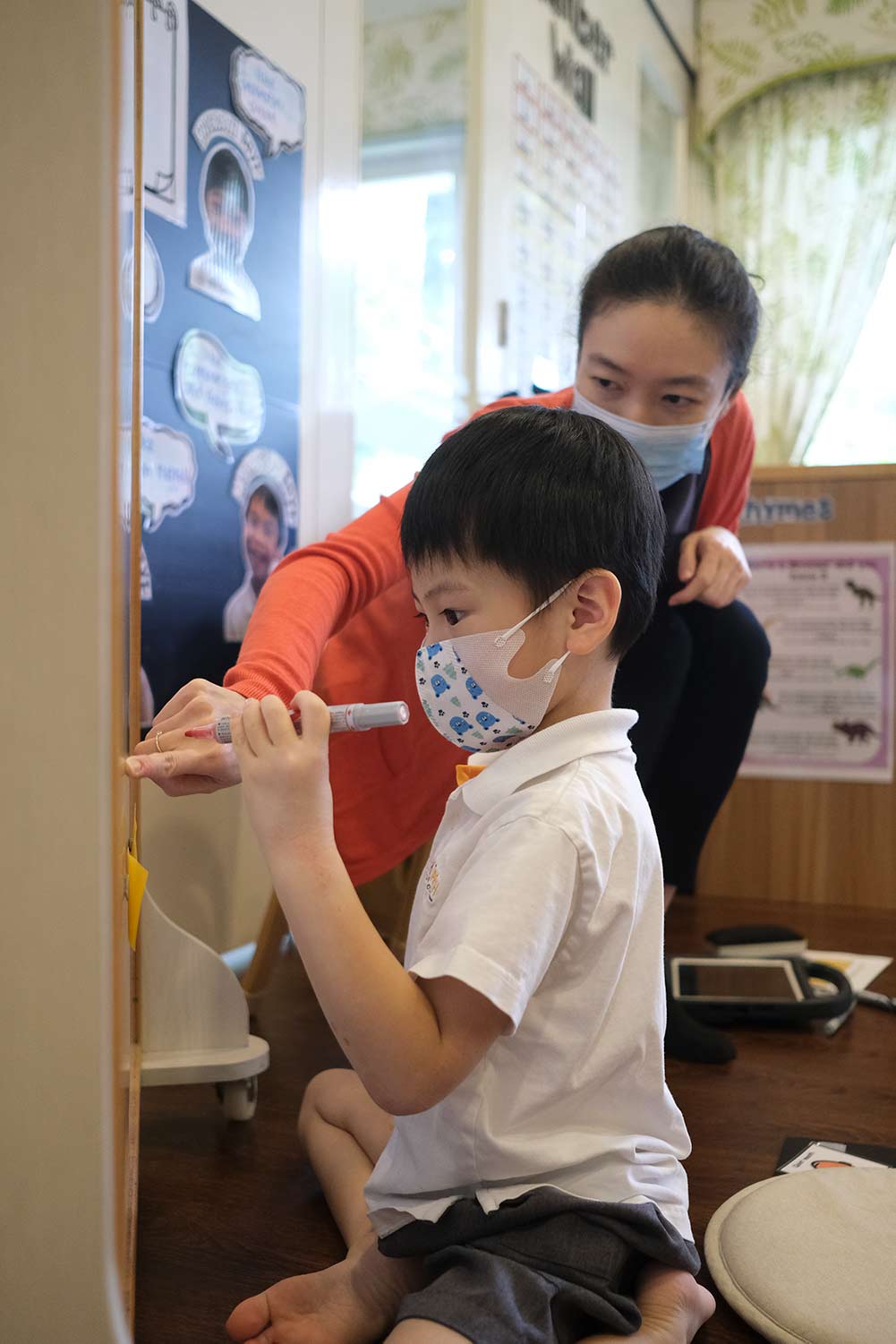

Using innovative techniques to communicate with your child
Tricia has a few methods she found worked best to help parents effectively communicate with their children.
One suggestion is known as Special Time. It is a form of parent/child interaction therapy where parents refrain from questioning what their child is doing, but rather, talk about their child’s actions. For example, instead of asking “Why are you doing this?”, ask, “I like how you use your hands like this.”
This helps the child understand that their actions and good behaviour are appreciated. It also helps them learn communication skills by example and reaffirms them that their parents are giving them attention.
Encouraging creativity and bonding with your child
Parenting isn’t just about helping your child learn – bonding with them is much more important. An excellent way to form a close bond is to use photos to help them remember the experiences you have together.
For example, let’s say you plan on taking your child on an overseas trip. To prepare them, you can show them pictures of the upcoming trip so they know what they will be experiencing. During the trip, get them to take a picture of the locations you showed them so they can connect their experience with what they have been prepared with. You can later print the picture out and make it into a puzzle so that they can remember and reminisce about the whole experience. Bonding with your child is an excellent opportunity to establish good relationships and reap benefits beyond guidance at home, which allows children to become confident as individuals too.
Check out the full video of Tricia’s interview here. We hope Tricia will be back soon to share more helpful tips with us!


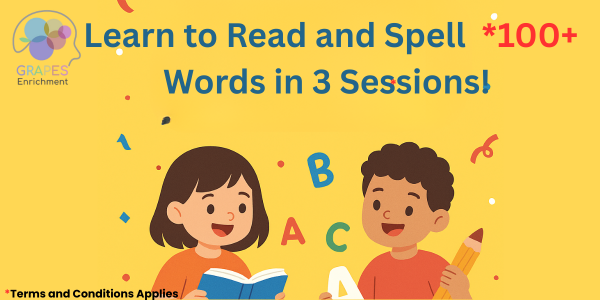
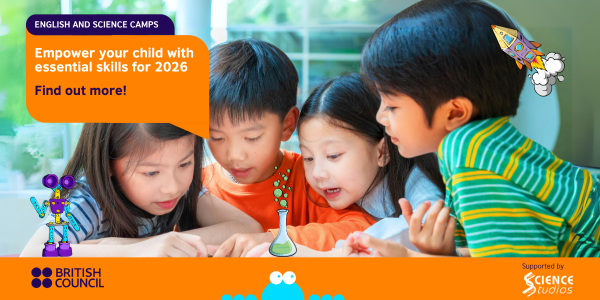

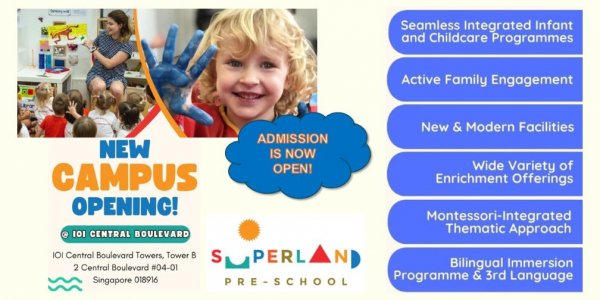
Give your Opinions